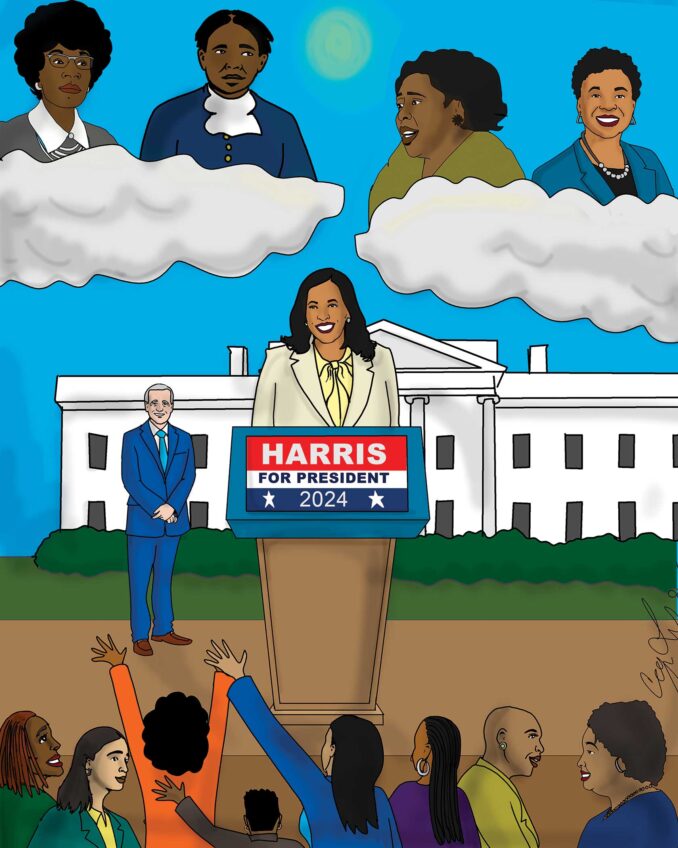
Death of the middle class
Americans used to dread the Ides of March; then there was a one-month reprieve. Nonetheless, tax day is still tax day. No one likes to pay taxes, but it is a necessary encumbrance of modern society. Reasonable people accept the reality that taxes are required to pay the expenses of government.
Affluent conservatives complain vehemently this season that they are being gouged by the tax system. They point to the fact that 47 percent of households owe no income taxes. The tax burden, they claim, falls unfairly on the shoulders of the well-to-do.
Ever since the New Deal, there has been a battle in America between the advocates of a progressive or a regressive tax system. Under the former, the tax rate would be less for income in the lower brackets. The regressives argue that the tax rate should be the same at all income levels. To do otherwise, they insist, is to punish the more financially successful members of society.
It is true that the stimulus programs to jump- start the economy have established tax credits that have reduced the number of families liable for income tax, but that is not the only federal tax Americans pay. Payroll taxes deduct money for Social Security and Medicare. The amount of the payroll tax is based upon the size of the income, and there are no deductions. However, since the tax is levied only on the first $106,800 of gross wages, those with a very high income are taxed at a lower rate overall than are working- class Americans.
What creates the appearance of disparate treatment for high-income families is that incomes for the wealthiest 10 percent of the population are growing. Naturally, the taxes on $500,000 will be greater than the taxes on half that income. Most Americans are unaware of the growing income gap that is benefitting those at the high end of the income scale.
Annual compensation paid to the chief executive officers of the large U.S. companies is astounding. According to a report in the Harvard Business Review, CEOs in major companies earned only 35 times the income of the average worker in 1978. Now that figure is more than 300 times the average wage.
The income gap in the U.S. has been growing. According to a U.S. Census Bureau report, the wealthiest 10 percent earned 11.4 times as much as the poorest 10 percent. Subsequent studies indicate that the rich thrived even during the current recession.
Affluent Americans have a more serious problem than taxes confronting them. The widening income gap has led to the destruction of the nation’s middle class. Statistically, the middle 20 percent of households according to income are in the middle class. In 2006, their incomes ranged from $35,400 to $52,100. At those income levels, families cannot afford what is considered to be a middle-class lifestyle, especially in cities.
Many people are angry today because the American dream has not come true for them. Right now, that anger is misdirected. Difficulties created by the recession will undoubtedly induce Americans to push for policies that they believe will benefit them. Of course, not everyone will settle on the same solutions, so the nation can expect considerable political strife.
At the center of the battles will be a tax structure to finance health care for all, quality education and decent housing. The complaints on tax day will prove to be a mere whimper compared to the protests to come.






